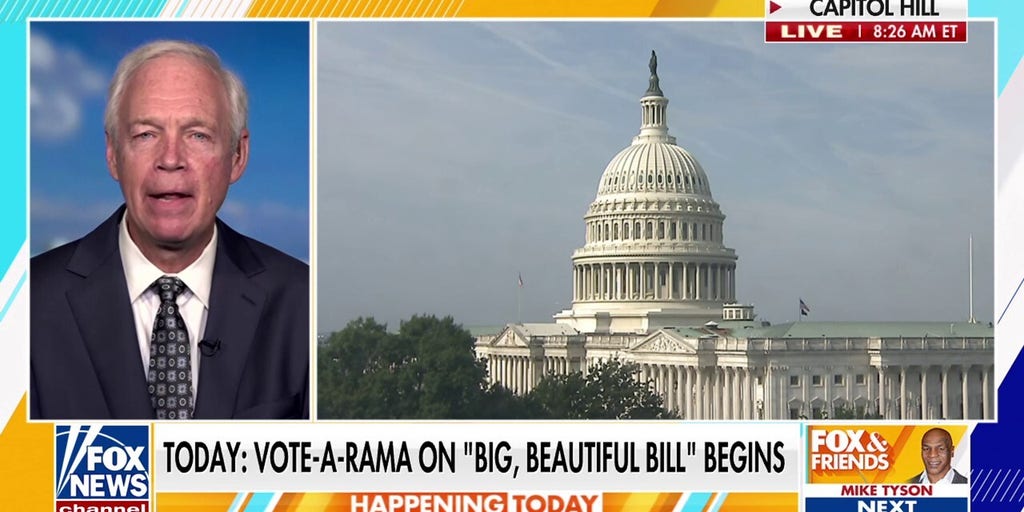
Beginning in 2026, California will cease accepting new applications from undocumented adults seeking to enroll in Medi-Cal, the state’s Medicaid program that provides healthcare coverage to low-income individuals. The decision represents a significant shift in policy aimed at curbing the future expansion of the program and managing state budget constraints.
Medi-Cal had been gradually opened to undocumented residents over the past several years as part of California’s broader push to expand healthcare access irrespective of immigration status. In 2024, the state became the first in the nation to offer full-scope Medi-Cal coverage to income-eligible adults regardless of their immigration status.
However, amid rising costs and increased enrollment, the California Department of Health Care Services announced that starting in 2026, the program will be effectively capped for undocumented adults. While current beneficiaries will retain their coverage, no new undocumented applicants will be accepted beyond that year.
State officials cited budgetary pressures and the need for long-term sustainability of the Medi-Cal program as key reasons behind the cap. California’s healthcare spending has seen significant increases in recent years, with Medi-Cal costs projected to rise as more residents gain coverage.
Advocacy groups have expressed concern that the new restrictions could leave many low-income individuals without access to necessary healthcare services. They warn the move may reverse recent gains in equitable healthcare access and put millions at risk of going without medical care.
California Governor Gavin Newsom and state lawmakers will likely face increased scrutiny and debate in upcoming legislative sessions as healthcare advocates and community leaders press for alternate solutions to continue inclusive coverage policies.
As the policy change approaches, officials have stated they are working to ensure that current enrollees maintain access to care, and they are considering future strategies to manage funding while preserving essential health services.
Source: https:// – Courtesy of the original publisher.








